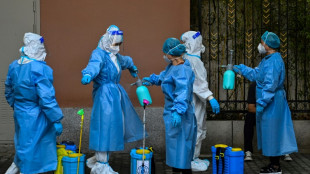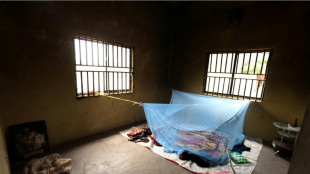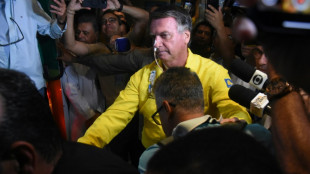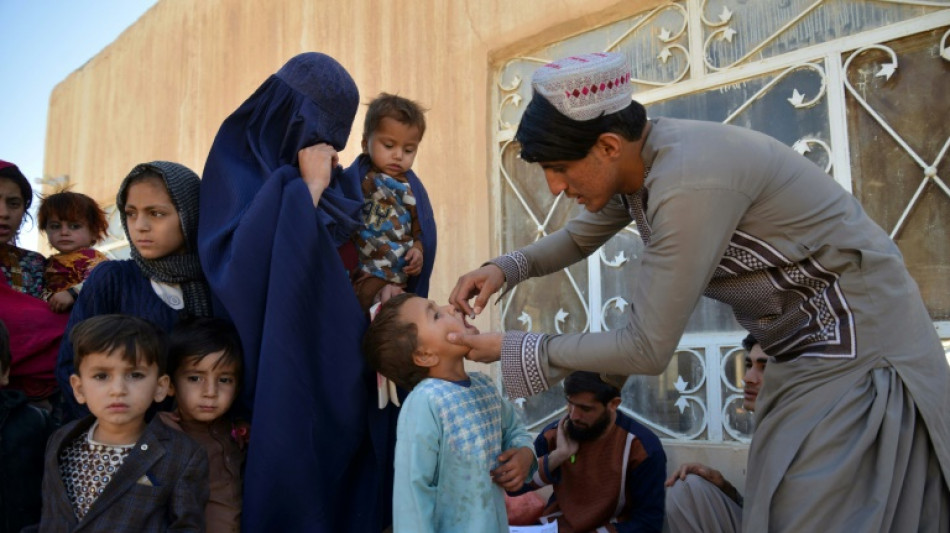
-
 Trump signs order aimed at lowering drug prices
Trump signs order aimed at lowering drug prices
-
Paramilitaries declare rival government as Sudan war enters third year

-
 Nvidia expects $5.5 bn hit as US targets chips sent to China
Nvidia expects $5.5 bn hit as US targets chips sent to China
-
Emery targets 'next step' for Aston Villa after Champions League heroics

-
 'Gap too big' for Dortmund after first leg, says Guirassy
'Gap too big' for Dortmund after first leg, says Guirassy
-
Maradona's daughter says doctors could have prevented his death

-
 Barcelona 'justified' semi-final spot despite Dortmund loss, says Flick
Barcelona 'justified' semi-final spot despite Dortmund loss, says Flick
-
'We thought the tie was over': Dembele admits PSG switched off against Villa

-
 Wine consumption falls heavily into the red
Wine consumption falls heavily into the red
-
Barca through to Champions League semis despite Guirassy hat-trick

-
 Global stocks mixed amid lingering unease over trade war
Global stocks mixed amid lingering unease over trade war
-
PSG survive Aston Villa scare to reach Champions League semis

-
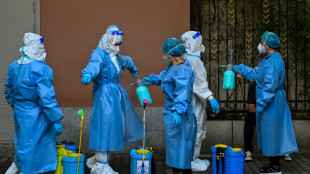 Pandemic treaty talks fight late hurdles
Pandemic treaty talks fight late hurdles
-
Trump resurrects ghost of US military bases in Panama

-
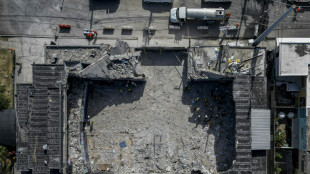 Family seeks homicide charges against owners of collapsed Dominican nightclub
Family seeks homicide charges against owners of collapsed Dominican nightclub
-
Sudan paramilitary chief declares rival government two years into war
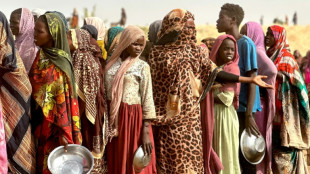
-
 Boeing faces fresh crisis with US-China trade war
Boeing faces fresh crisis with US-China trade war
-
Trump eyes slashing State Department by 50 percent: US media

-
 Canada offers automakers tariff relief, Honda denies weighing move
Canada offers automakers tariff relief, Honda denies weighing move
-
Facebook added 'value' to Instagram, Zuckerberg says in antitrust trial

-
 French Ligue 1 clubs vote to break TV deal with DAZN
French Ligue 1 clubs vote to break TV deal with DAZN
-
Peru court sentences ex-president Humala to 15 years for graft
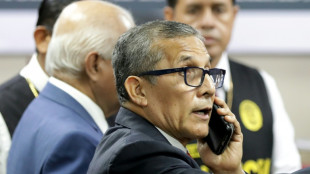
-
 Sumy buries mother and daughter victims of Russian double strike
Sumy buries mother and daughter victims of Russian double strike
-
Trump says ball in China's court on tariffs

-
 Kane urges Bayern to hit the mark against Inter in Champions League
Kane urges Bayern to hit the mark against Inter in Champions League
-
Trump ramps up conflict against defiant Harvard

-
 Arteta feeding Arsenal stars 'opposite' of comeback message
Arteta feeding Arsenal stars 'opposite' of comeback message
-
France's Macron honours craftspeople who rebuilt Notre Dame

-
 Watkins left on Villa bench for PSG return
Watkins left on Villa bench for PSG return
-
Chahal stars as Punjab defend IPL's lowest total of 111 in 'best win'

-
 French swim star Marchand considered taking year-long break
French swim star Marchand considered taking year-long break
-
Chahal stars as Punjab defend IPL's lowest total of 111

-
 Universal Studios, Venice Beach to host LA 2028 events
Universal Studios, Venice Beach to host LA 2028 events
-
IOM chief urges world to step up aid for Haiti
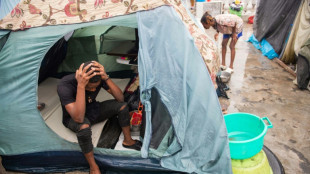
-
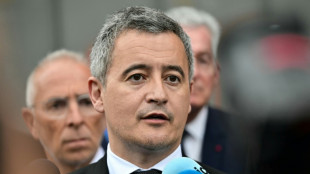 French prisons hit by mystery arson and gunfire attacks
French prisons hit by mystery arson and gunfire attacks
-
Alcaraz follows Ruud into Barcelona Open last 16

-
 Stocks rise on bank earnings, auto tariff hopes
Stocks rise on bank earnings, auto tariff hopes
-
Trump showdown with courts in spotlight at migrant hearing

-
 Ecuador electoral council rejects claims of fraud in presidential vote
Ecuador electoral council rejects claims of fraud in presidential vote
-
Russia jails four journalists who covered Navalny

-
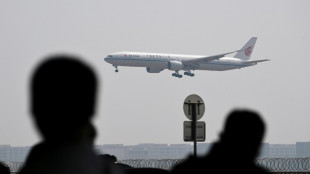 Trump says China 'reneged' on Boeing deal as tensions flare
Trump says China 'reneged' on Boeing deal as tensions flare
-
Trump eyes near 50 percent cut in State Dept budget: US media
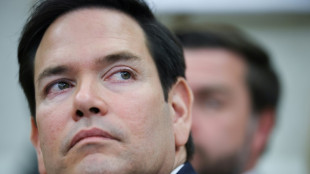
-
 Trump says would 'love' to send US citizens to El Salvador jail
Trump says would 'love' to send US citizens to El Salvador jail
-
'Unprecedented' Europe raids net 200 arrests, drugs haul

-
 Everyone thinks Real Madrid comeback 'nailed-on': Bellingham
Everyone thinks Real Madrid comeback 'nailed-on': Bellingham
-
NATO's Rutte says US-led Ukraine peace talks 'not easy'

-
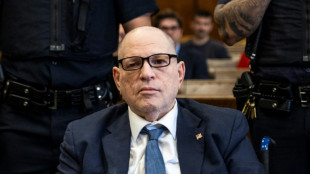 Harvey Weinstein New York retrial for sex crimes begins
Harvey Weinstein New York retrial for sex crimes begins
-
More than 10% of Afghans could lose healthcare by year-end: WHO
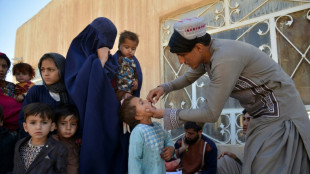
-
 Stocks rise as auto shares surge on tariff break hopes
Stocks rise as auto shares surge on tariff break hopes
-
Facebook chief Zuckerberg testifying again in US antitrust trial


More than 10% of Afghans could lose healthcare by year-end: WHO
More than 10 percent of the Afghan population could be deprived of healthcare by the end of the year due to the termination of US aid, the World Health Organization warned Tuesday.
Afghanistan, with a population of 45 million that has long been dependent on aid, faces the world's second-largest humanitarian crisis.
Since US funding cuts earlier this year, about three million people have lost access to health services because of the closure of more than 364 medical centres, with a further 220 centres at risk of closing by the third quarter of 2025, the UN's health agency said.
That would mean more than half of the 1,068 centres across the country would be closed, Edwin Ceniza Salvador, the WHO representative in Afghanistan, told AFP in an interview.
"That's maybe another two or three million people who have no access to healthcare services," Salvador said in Kabul.
"When the funding stopped, of course the existing donors tried to step up. But you're talking about a significant gap to US funding," he added.
Afghanistan's dilapidated healthcare system has been weakened by decades of war and records some of the world's highest infant and maternal mortality rates.
The global aid situation has grown dire since President Donald Trump ordered the dismantling of the US Agency for International Development early this year, and to begin Washington's withdrawal from the WHO.
His administration scrapped 83 percent of humanitarian programmes funded by USAID. The agency had an annual budget of $42.8 billion, representing 42 percent of total global humanitarian aid.
"The system is already very fragile, and whatever system is remaining, is really coping the best that they can," Salvador said.
"It's only getting worse, and if we're not able to collectively address the gap, I fear that it will only get worse moving forward."
The risk of disease outbreaks such as dengue, malaria and tuberculosis will increase, while immunisations will fall, Salvador added.
The WHO is also trying to vaccinate enough children to eradicate polio, which is now endemic in only two countries: Afghanistan and neighbouring Pakistan.
The United Nations Assistance Mission in Afghanistan (UNAMA) this month urged international donors to continue supporting the 22.9 million Afghans in need of aid this year.
Eighty-five percent of Afghans live on less than a dollar a day, according to the UN's development agency (UNDP).
"I know there are a lot of priorities, different priorities in the world," Salvador said.
"My request is let us also not forget about the needs of Afghanistan and the people of Afghanistan."
W.Huber--VB

